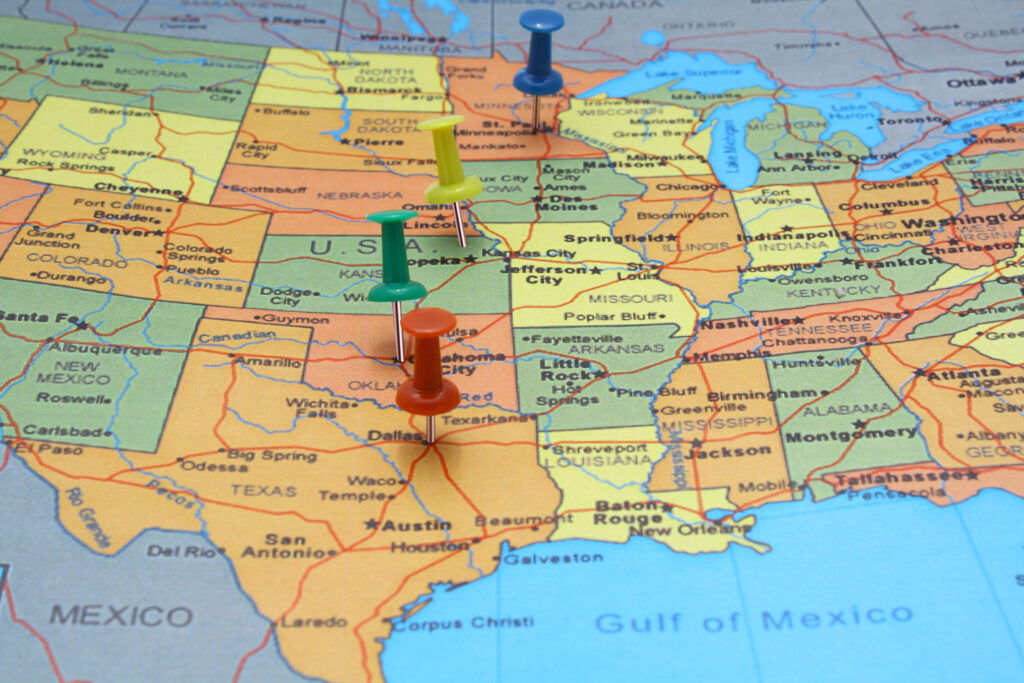Every Student Succeeds Act
Overview
The Elementary and Secondary Education Act, the nation’s K-12 education law prioritizing equal access to education, was reauthorized by Congress at the end of 2015 as the Every Student Succeeds Act (ESSA).
While the bill was designed for K-12 education, lawmakers recognized the importance of early childhood education to ensure children are prepared for kindergarten and beyond, and incorporated early learning across the law for the first time. ESSA established the Preschool Development Grant Birth through Five (PDG B-5) program, the first time the law dedicated a specific funding stream to improve child care and early learning.
Current Funding Level: Under Title 1, ESSA is funded at $18.39 billion for FY2023, an increase of $1 billion above FY2022. Under Title 2, ESSA is funded at $2.19 billion for FY2023, an increase of $20 million above FY2022.
Top
Resources
Latest
updates
Subscribe to FFYF First Look
Every morning, FFYF reports on the latest child care & early learning news from across the country. Subscribe and take 5 minutes to know what’s happening in early childhood education.
Can’t find what you’re looking for? Contact our policy team directly at mail@ffyf.org for more info.




